DNA Ligation Reactions
Genel Bakış
In molecular biology, ligation refers to the joining of two DNA fragments through the formation of a phosphodiester bond. An enzyme known as a ligase catalyzes the ligation reaction. In the cell, ligases repair single and double strand breaks that occur during DNA replication. In the laboratory, DNA ligase is used during molecular cloning to join DNA fragments of inserts with vectors – carrier DNA molecules that will replicate target fragments in host organisms.
This video provides an introduction to DNA ligation. The basic principle of ligation is described as well as a step-by-step procedure for setting up a generalized ligation reaction. Critical aspects of ligation reactions are discussed, such as how the length of a sticky end overhang affects the reaction temperature and how the ratio of DNA insert to vector should be tailored to prevent self-ligation. Molecular tools that assist with ligations like the Klenow Fragment and shrimp alkaline phosphatase (SAP) are mentioned, and applications , such as proximity ligations and the addition of linkers to fragments for sequencing are also presented.
Prosedür
Ligation can be defined as the act of joining, and in biology the term refers to an enzymatic reaction that joins two biomolecules with a covalent bond. This video describes the application of DNA ligation in molecular biology research.
In the cell, DNA ligases are enzymes that identify and seal breaks in DNA by catalyzing the formation of phosphodiester bonds between the 3’-hydroxyl and 5’-phosphate groups of the DNA backbone. Ligation occurs as part of normal cellular pro
Atla...
Bu koleksiyondaki videolar:
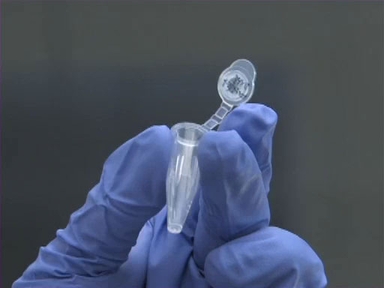
Now Playing
DNA Ligation Reactions
Basic Methods in Cellular and Molecular Biology
188.8K Görüntüleme Sayısı
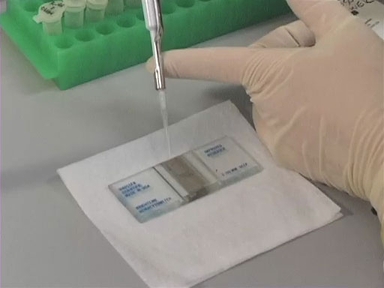
Using a Hemacytometer to Count Cells
Basic Methods in Cellular and Molecular Biology
222.5K Görüntüleme Sayısı
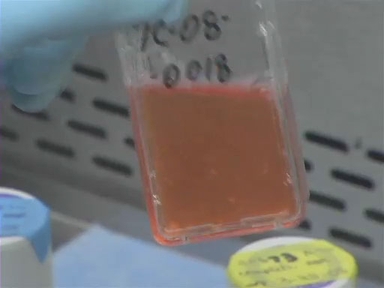
Passaging Cells
Basic Methods in Cellular and Molecular Biology
191.0K Görüntüleme Sayısı
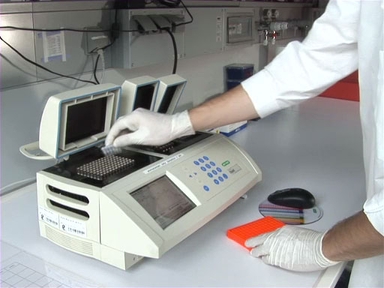
PCR: The Polymerase Chain Reaction
Basic Methods in Cellular and Molecular Biology
720.1K Görüntüleme Sayısı
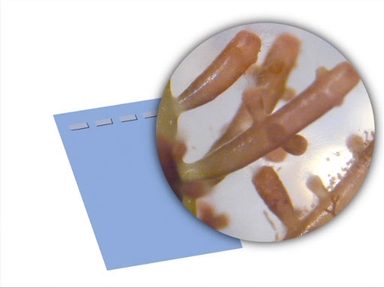
DNA Gel Electrophoresis
Basic Methods in Cellular and Molecular Biology
604.0K Görüntüleme Sayısı
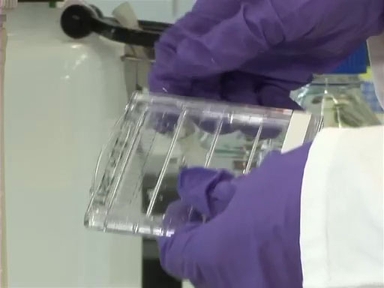
Separating Protein with SDS-PAGE
Basic Methods in Cellular and Molecular Biology
478.0K Görüntüleme Sayısı
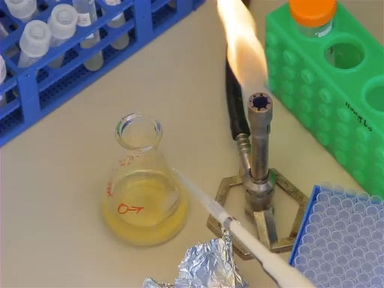
Bacterial Transformation: The Heat Shock Method
Basic Methods in Cellular and Molecular Biology
735.3K Görüntüleme Sayısı
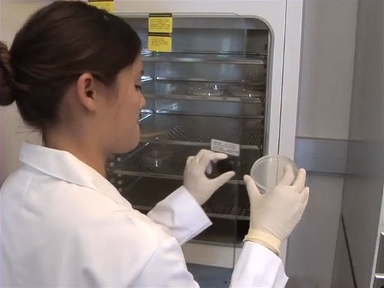
Bacterial Transformation: Electroporation
Basic Methods in Cellular and Molecular Biology
115.1K Görüntüleme Sayısı
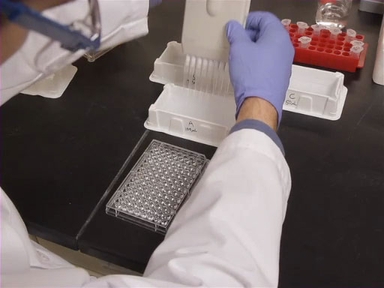
The ELISA Method
Basic Methods in Cellular and Molecular Biology
251.9K Görüntüleme Sayısı
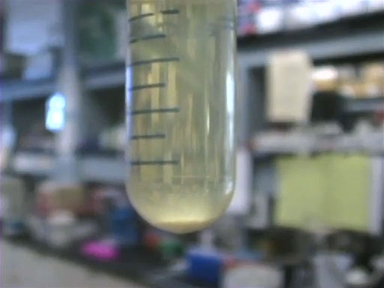
Plasmid Purification
Basic Methods in Cellular and Molecular Biology
307.4K Görüntüleme Sayısı
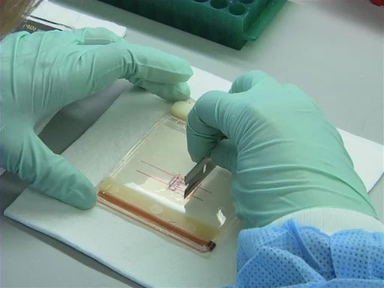
Gel Purification
Basic Methods in Cellular and Molecular Biology
109.6K Görüntüleme Sayısı
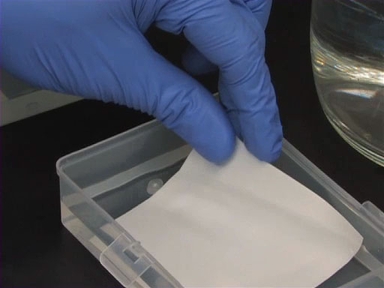
The Western Blot
Basic Methods in Cellular and Molecular Biology
502.9K Görüntüleme Sayısı
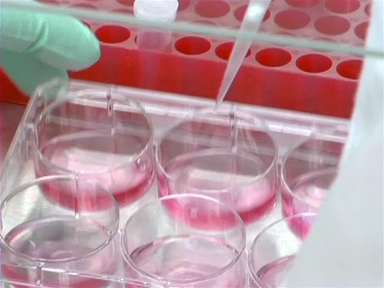
An Introduction to Transfection
Basic Methods in Cellular and Molecular Biology
169.8K Görüntüleme Sayısı
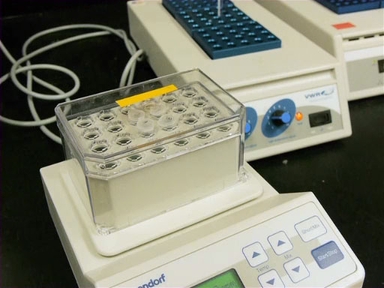
Restriction Enzyme Digests
Basic Methods in Cellular and Molecular Biology
284.5K Görüntüleme Sayısı

Molecular Cloning
Basic Methods in Cellular and Molecular Biology
376.2K Görüntüleme Sayısı
JoVE Hakkında
Telif Hakkı © 2020 MyJove Corporation. Tüm hakları saklıdır